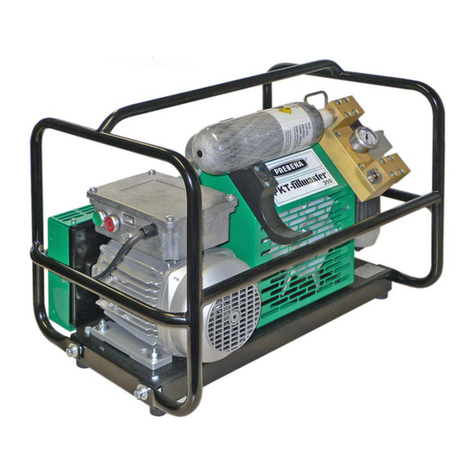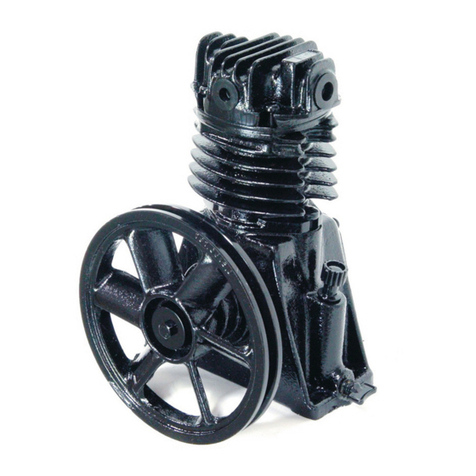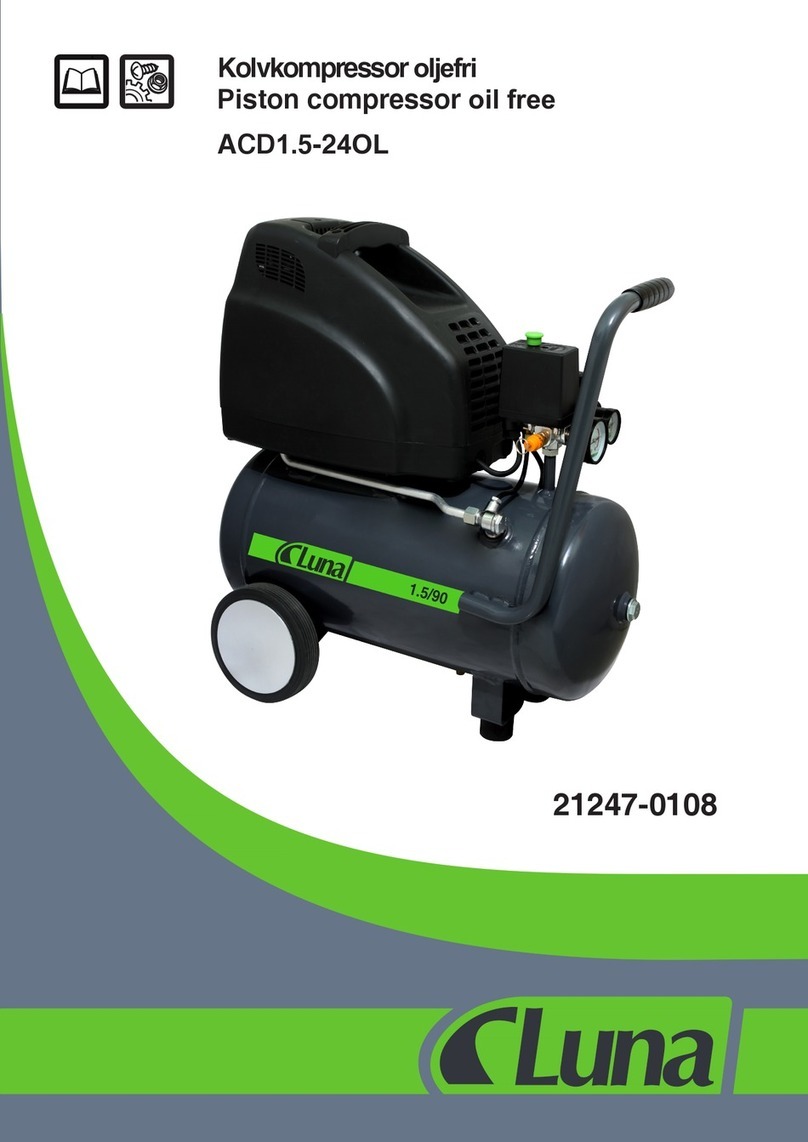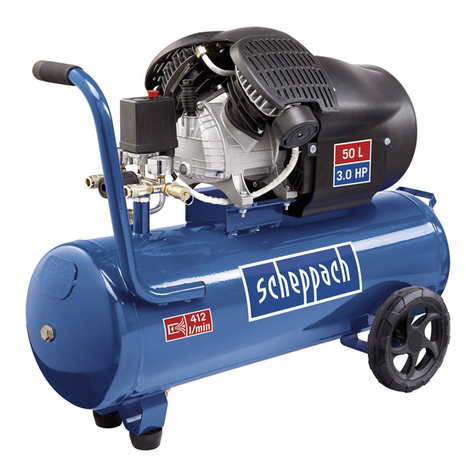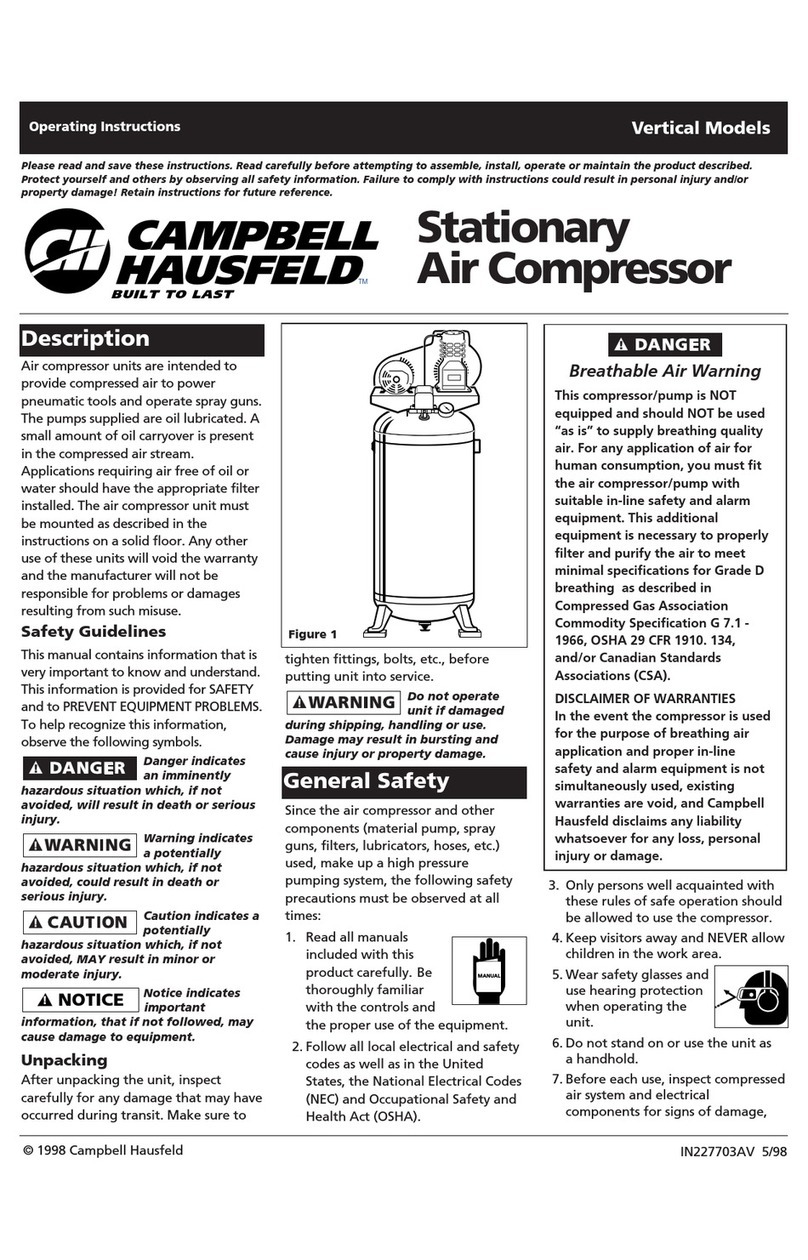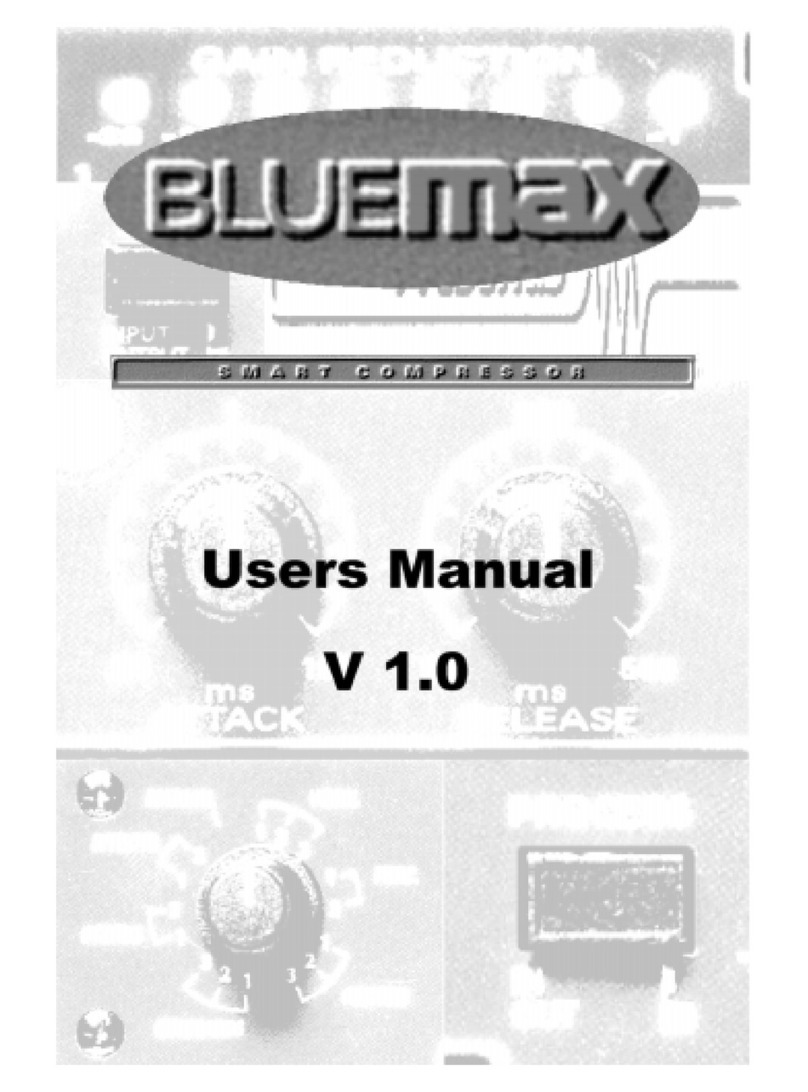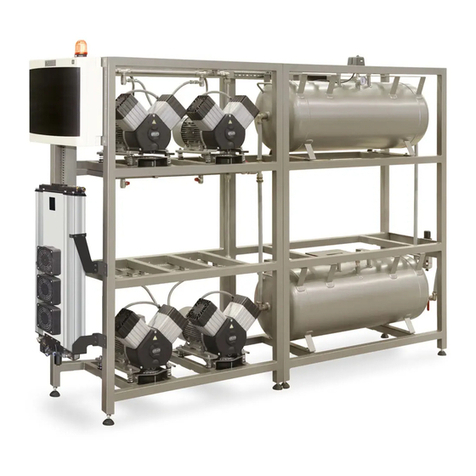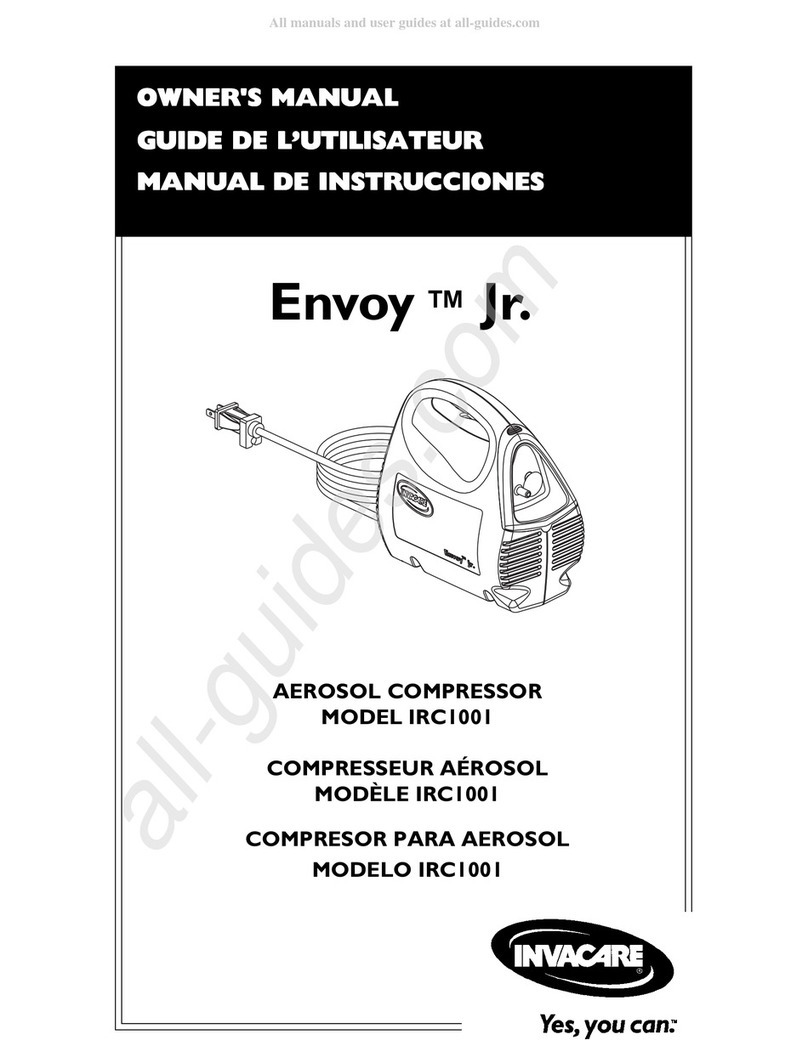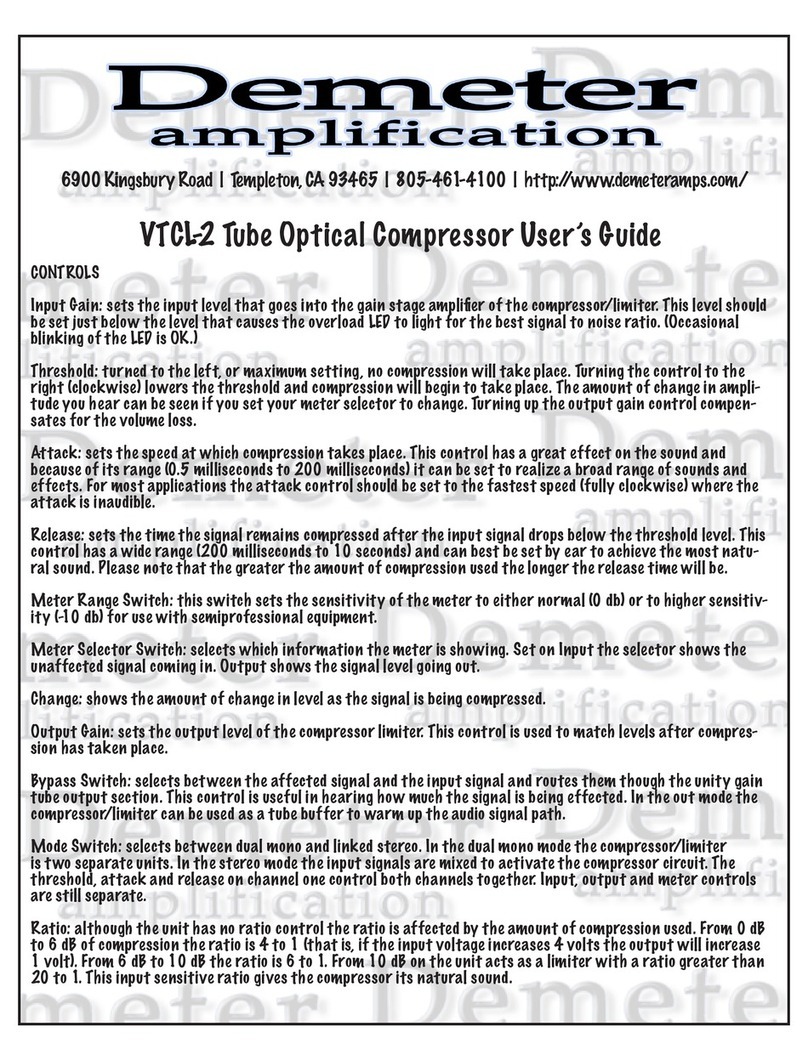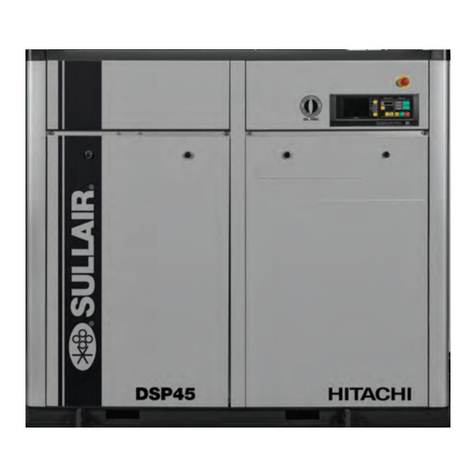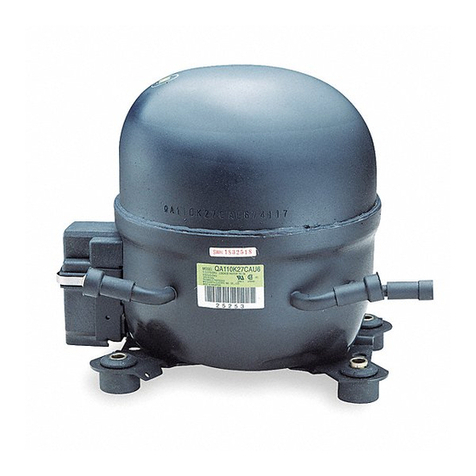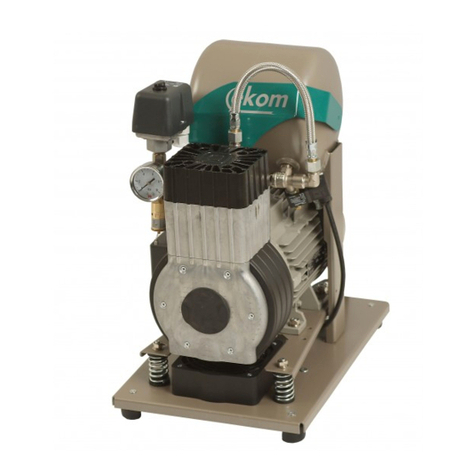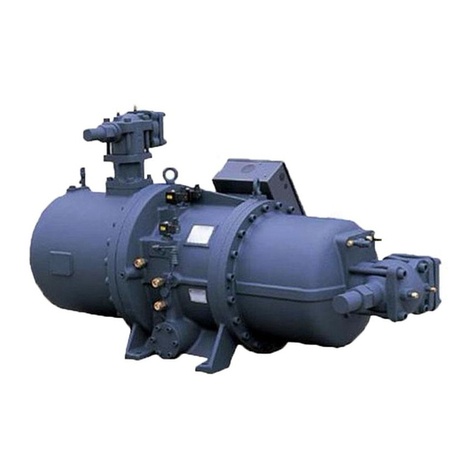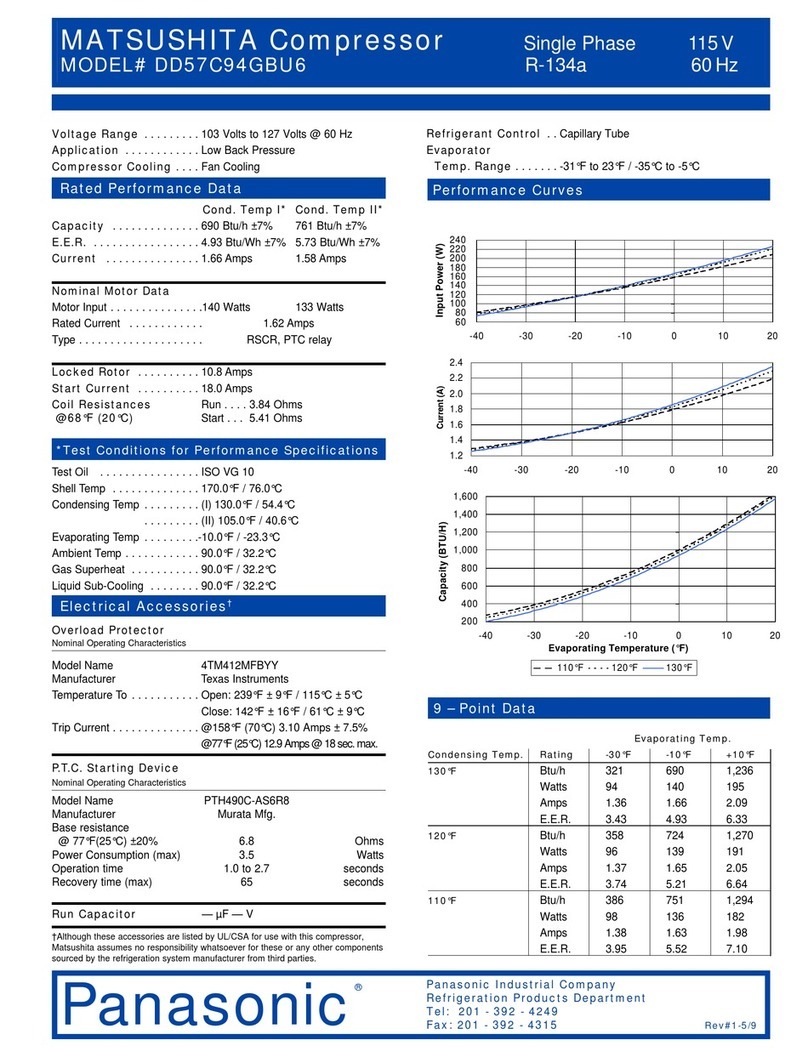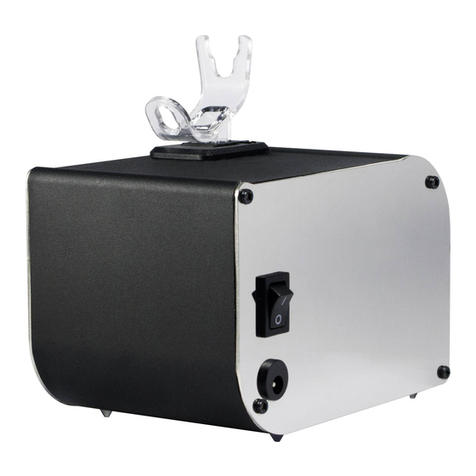
Operating Manual - EVO® Line
[en] 07/2020 i.1
1 Foreword......................................... 1.1
1.1 General ............................................ 1.1
1.2 Scope............................................... 1.1
1.3 Change service................................ 1.1
1.4 Abbreviations ................................... 1.1
1.5 Manufacturer's information ..............1.1
1.5.1 General information............................... 1.1
1.5.2 Purpose................................................. 1.2
1.5.3 Delivery scope....................................... 1.2
1.5.4 Optional components ............................ 1.2
1.6 Warranty information,
liability disclaimer ............................. 1.2
1.7 Nameplates...................................... 1.2
2 Safety precautions......................... 2.1
2.1 Marking of safety precautions .......... 2.1
2.2 Safety regulations ............................ 2.1
2.3 General safety precautions.............. 2.1
2.3.1 Special symbols .................................... 2.2
2.3.2 Information on use of safety equipment 2.2
3 Technical Description.................... 3.1
3.1 General overview of screw
compressor air ends EVO2, EVO3,
EVO3-G, EVO6, EVO6-G, EVO9,
EVO9-G, EVO15, EVO15-G,
EVO28, EVO28-G, EVO42 and
EVO42-G ......................................... 3.1
4 Transport ........................................ 4.1
4.1 Delivery and packing........................ 4.1
4.2 Transport damage............................ 4.1
4.3 Transporting unpacked system........ 4.2
5 Installation ...................................... 5.1
5.1 Assembly ......................................... 5.1
5.1.1 Fastening screws .................................. 5.1
5.1.2 Three-point fastening ............................ 5.1
5.1.3 Pipe connections................................... 5.1
5.2 Safety precautions for installation
and assembly................................... 5.2
5.3 Installation information..................... 5.2
5.3.1 Drive......................................................5.2
5.4 Belt drive.......................................... 5.3
5.4.1 Belt tensioner with scale ....................... 5.3
5.5 Direct drive....................................... 5.4
5.5.1 Dimensions of centering flange............. 5.4
5.6 Air inlet............................................. 5.4
5.7 Air outlet........................................... 5.5
5.8 Oil cooling........................................ 5.5
5.9 Service ............................................ 5.5
6 Commissioning ............................. 6.1
6.1 Preparation for commissioning........ 6.1
6.2 Checking direction of rotation.......... 6.1
6.3 Test run ........................................... 6.1
6.4 Recommissioning
screw compressor air end system... 6.2
7 Maintenance................................... 7.1
7.1 Safety precautions........................... 7.1
7.2 Oil level............................................ 7.2
7.2.1 Oil level check via oil filler opening ........7.2
7.3 Oil change ....................................... 7.2
7.3.1 Oil change intervals ............................... 7.2
7.3.2 Oil drain point.........................................7.3
7.3.3 Filling with oil .........................................7.3
7.4 Maintenance check sheet................ 7.4
7.5 Maintenance intervals ..................... 7.5
8 Lubricants and Operating
Materials Maintenance Parts ........ 8.1
8.1 Lubricants and operating materials . 8.1
8.1.1 Oil recommendation...............................8.1
8.1.2 Topping up oil ........................................ 8.1
8.1.3 Measures at low room temperature ....... 8.1
8.1.4 Piping materials ..................................... 8.1
8.1.5 Pressure dew point of compressed air ..8.2
8.1.6 Temperatures ........................................8.2
8.1.7 Condensate damage .............................8.2
8.1.8 Cold starts.............................................. 8.2
8.1.9 Oil separation.........................................8.3
8.1.10Multigrade oil .........................................8.3
9 Technical Data and
Tightening Torques....................... 9.1
9.1 Technical data ................................. 9.1
9.2 Tightening torques........................... 9.2
10 Troubleshooting .......................... 10.1
